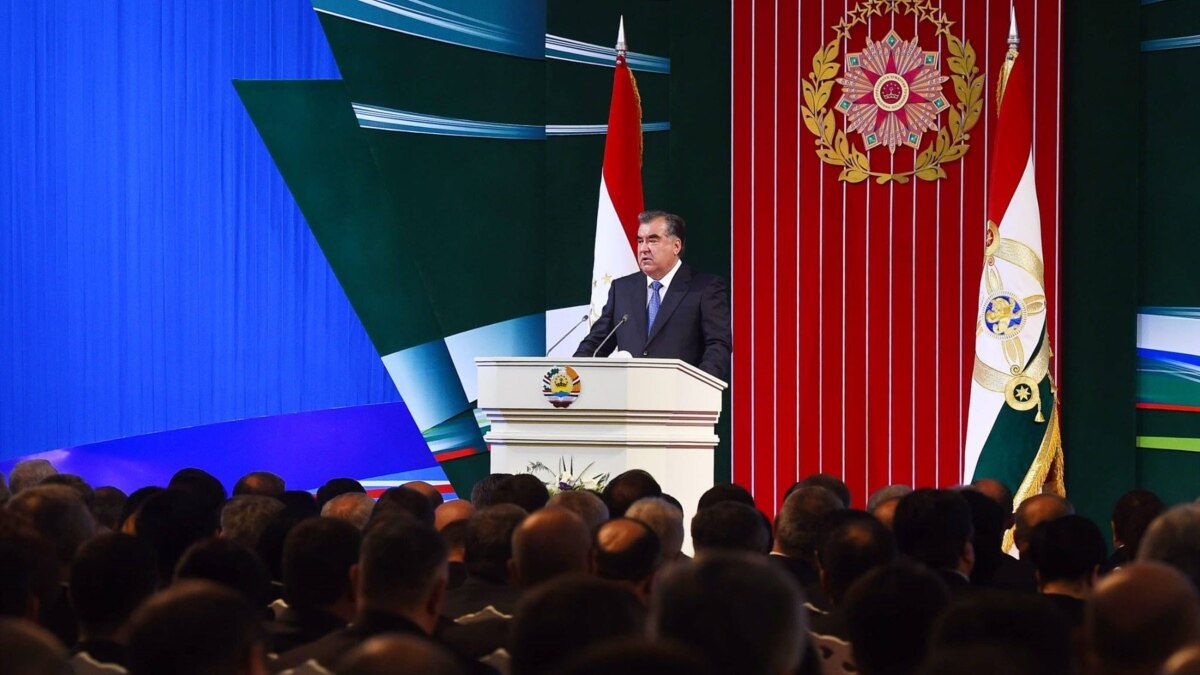On Friday October 14, Tajikistani entrepreneurs celebrated their professional holiday. Entrepreneur’s Day has been celebrated in Tajikistan since 2015.
Historically, the first entrepreneurs in Tajikistan were traders and merchants who came to the area in the late 19th and early 20th century. When Tajikistan became part of the Soviet Union, however, their activities came to an end since Soviet economy was based on state ownership and there were no private businesses.
The situation began to change during Perestroika, which was characterized by economic liberalization. The 1988 Law on Cooperatives permitted collective ownership of businesses in certain sectors. After the dissolution of the Soviet Union, many cooperatives were transformed into Western-type privately-owned businesses.
The first step in the development of entrepreneurship in independent Tajikistan was the adoption of the Law on Entrepreneurial Activity in the Republic of Tajikistan in December 1991. In early 1992, there were over 2,500 registered small businesses in the country. Most of them were former cooperatives.
The number of small enterprises in Tajikistan decreased drastically throughout the 1990s due to a tough economic situation caused by the Tajikistani Civil War, which left the country’s economy in disarray. Even after the end of the war, the number of private enterprises in the country increased very insignificantly due to poverty, bureaucratic hurdles, and corrupt officials. By 2000, the number of small businesses had more than halved compared to 1992.
In subsequent years, the number of small and medium-sized enterprises in Tajikistan began to grow, partially thanks to government support (which, sadly, still left much to be desired). By 2018, the share of the private sector amounted to 70% of the country’s GDP. The share of the medium and large businesses in the private sector was about 10%, the share of dehqon (peasant) farms was 47%, the share of small businesses with a patent was 32%, and the share of small businesses with a certificate was 11%.
According to official data from the State Register of enterprises and organizations of Tajikistan, 676,400 economic entities have been registered in the country as of January 1, 2021, including 49,300 legal entities (companies) and 627,100 individual entrepreneurs.
In 2021, the number of economic entities reportedly increased by 35,400, including 1,000 legal entities and 34,400 individual entrepreneurs.
At the same time, 31,900 entrepreneurial entities, including more than 1,300 legal entities and more than 30,500 individual entities, were liquidated last year.
As of january1, 2022, there have been 343,300 operating economic entities in Tajikistan. Of the, more than 44.4 percent have operated in Dushanbe, 22 percent have operated in Sughd province, 15.2 percent have operated in districts subordinate to the center, 15.1 percent have operated in Khatlon province, and 3.3 percent have operated in the Gorno Badakhshan Autonomous Region (GBAO).
According to data from the State Committee on Investment and State-owned Property Management (GosKomInvest), the share of the private sector in the country’s GDP increased from 30 percent in 2000 to 70 percent in 2020.
The private sector now accounts for about 80 percent of tax revenues to the budget and 67 percent of the economically active population of the country is employed in the private sector.
Nevertheless, the state of the private sector of Tajikistan’s economy is still unfortunate. Thousands of enterprises are closed annually due to high competition in the market (since most of Tajikistan’s population is poor or low-income, there is no stable demand for most goods and services) and the poor development of the tertiary sector, which the bulk of small and medium-sized businesses belong to in developed economies.
The tertiary sector covers a wide range of activities from commerce to administration, transport, financial and real estate activities, business and personal services, education, health and social work.
It is made of: the market services sector (trade, transports, financial operations, business services, personal services, accommodation and food service activities, real estate, information-communication); and the non-market sector (public administration, education, human health, social work activities).
The perimeter of the tertiary sector is therefore defined by complementarity with agricultural and industrial activities (the primary and secondary sectors).




